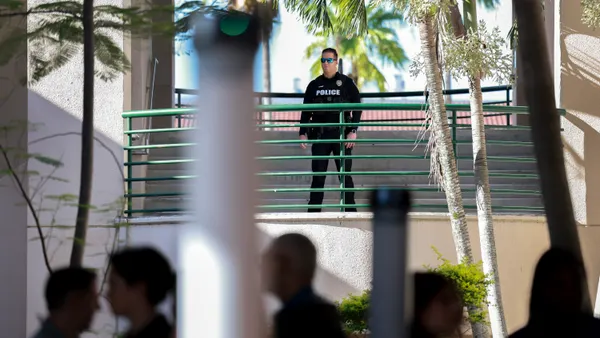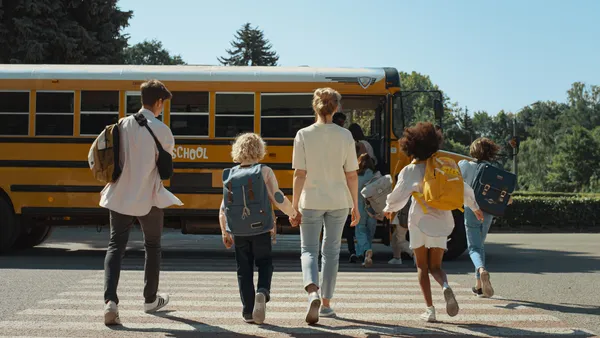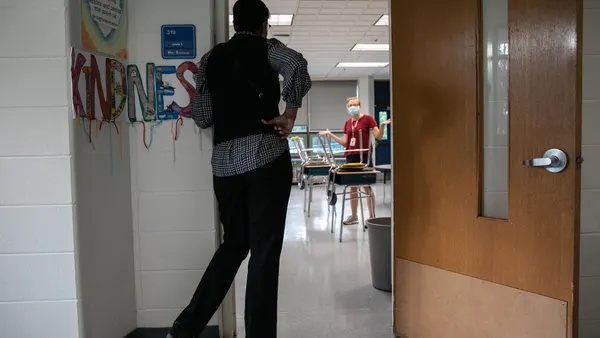NASHVILLE – When Wendy Crocker-Roberge, a former principal of Pyne Arts Magnet School, in Lowell, Massachusetts, announced after pandemic school closures that the pre-K-8 grade school was replacing a content literacy teacher with a dance instructor, she knew the plan sounded "bananas."
But the intentional decision not to immediately and intensely focus on reading and math instruction, but to work on increasing students' social skills and academic stamina through arts-related activities like dance classes, paid off. Both attendance and academic scores increased, Crocker-Roberge told attendees at the National Conference on School Leadership on Tuesday.
Pyne Arts Magnet did this by infusing more arts-related activities in core content classes, as well as through dedicated arts-related classes. Through a "ton" of staff professional development and support made possible by a private-public partnership, math classes now incorporate dance activities, and visual art is infused in 8th grade algebra classes, said Crocker-Roberge, who is now chief schools officer for Lowell Public Schools.
The change did not cause administrative changes or shifts in what was expected of Crocker-Roberge as a school leader, she said.
"The only thing that changed to make this possible was my mindset about what was possible, and then my teachers' and staff's mindset about what was right for kids and possible, and I can tell you that our test scores did not suffer. They were strengthened," Crocker-Roberge said.
David Anderson, principal of S. Christa McAuliffe Elementary School in Lowell, co-presented alongside Crocker-Roberge. His school team looked at data to see when student attendance dipped and made a determination to make those days the most fun days on campus.
For example, past data showed a 37% attendance rate the day before the Thanksgiving break. To counter this, the school held STEM challenges the day before that holiday that featured fun activities and competitions to draw kids to campus.
On half school days, which also had lower attendance rates, teachers now set aside time for hands-on projects, Anderson said.
Many of these approaches are simple and inexpensive, but students are coming to school to participate, which is the goal, Anderson said.
Lastly, Anderson and Crocker-Roberge encouraged school leaders to model engaging activities in professional development, so teachers will be inspired to use the same approaches in their classrooms. During their conference session, they encouraged attendees to have a snowball fight by writing on a sheet of paper ways their schools was improving attendance, and then crumple those sheets and toss them around the room.
Teacher trainings at McAuliffe Elementary might start with a “Family Feud” type of game to introduce new staff members, or with a book cafe where administrators dress as waiters who take teachers' orders for books from a restaurant-like menu.
If teachers are "just sitting there listening to the legal presentation all day, how excited are they going to be to get back into their classrooms to welcome their kids?" Anderson asked.












